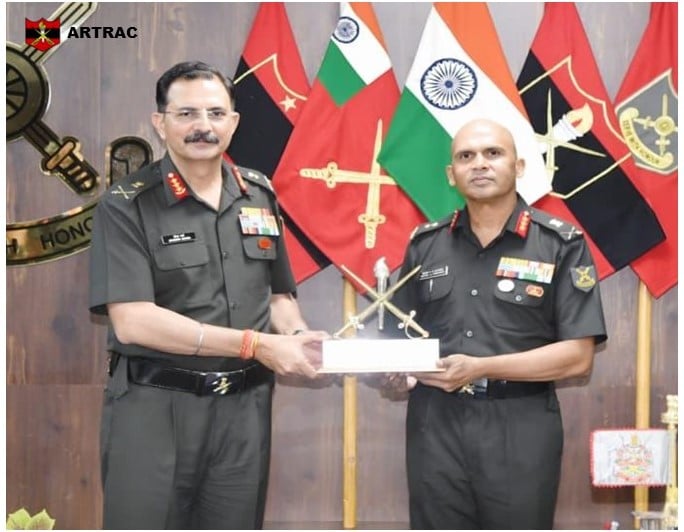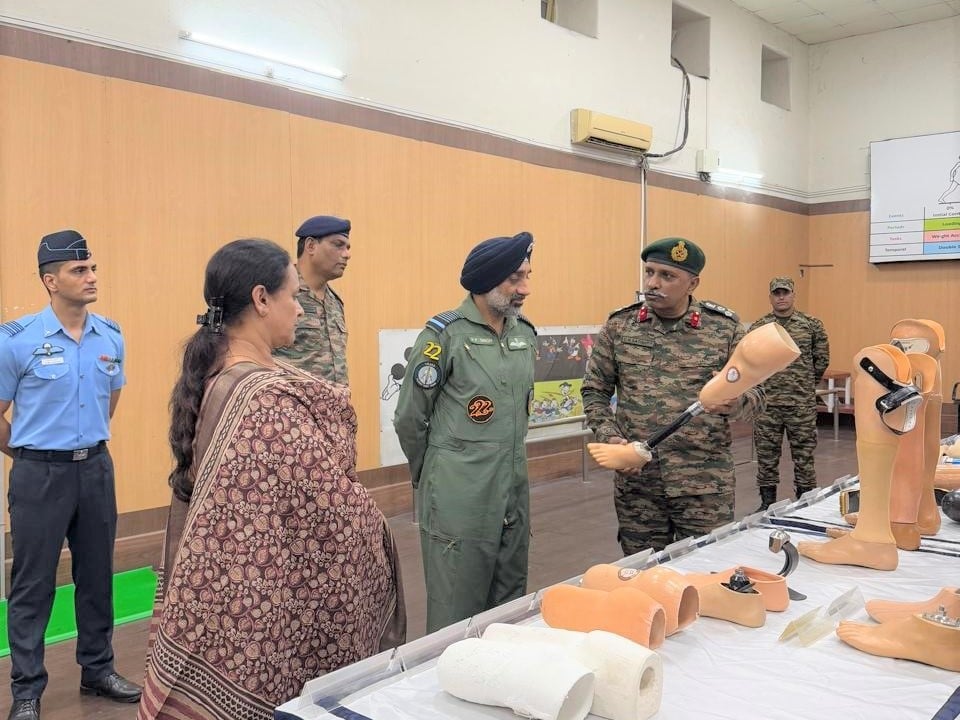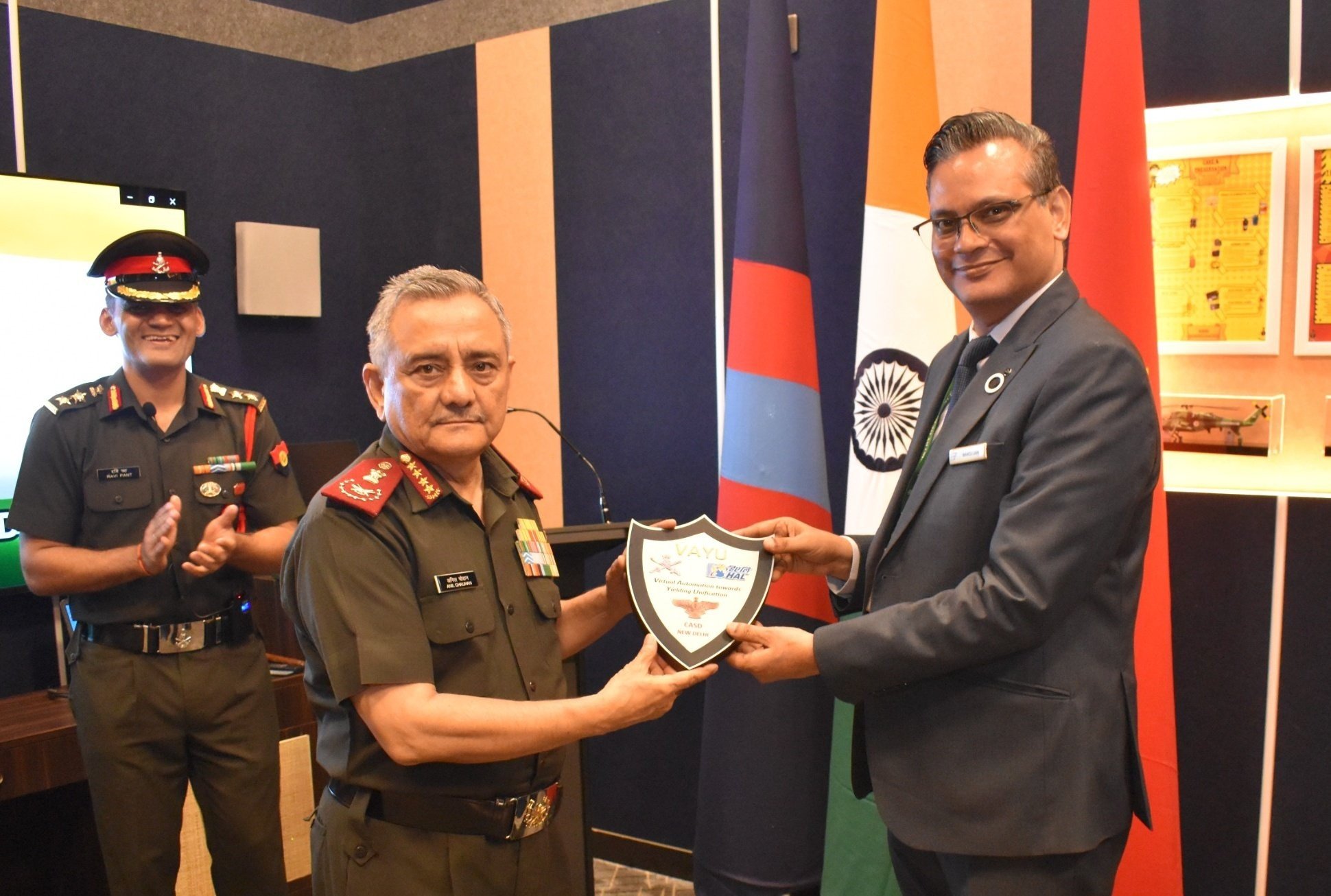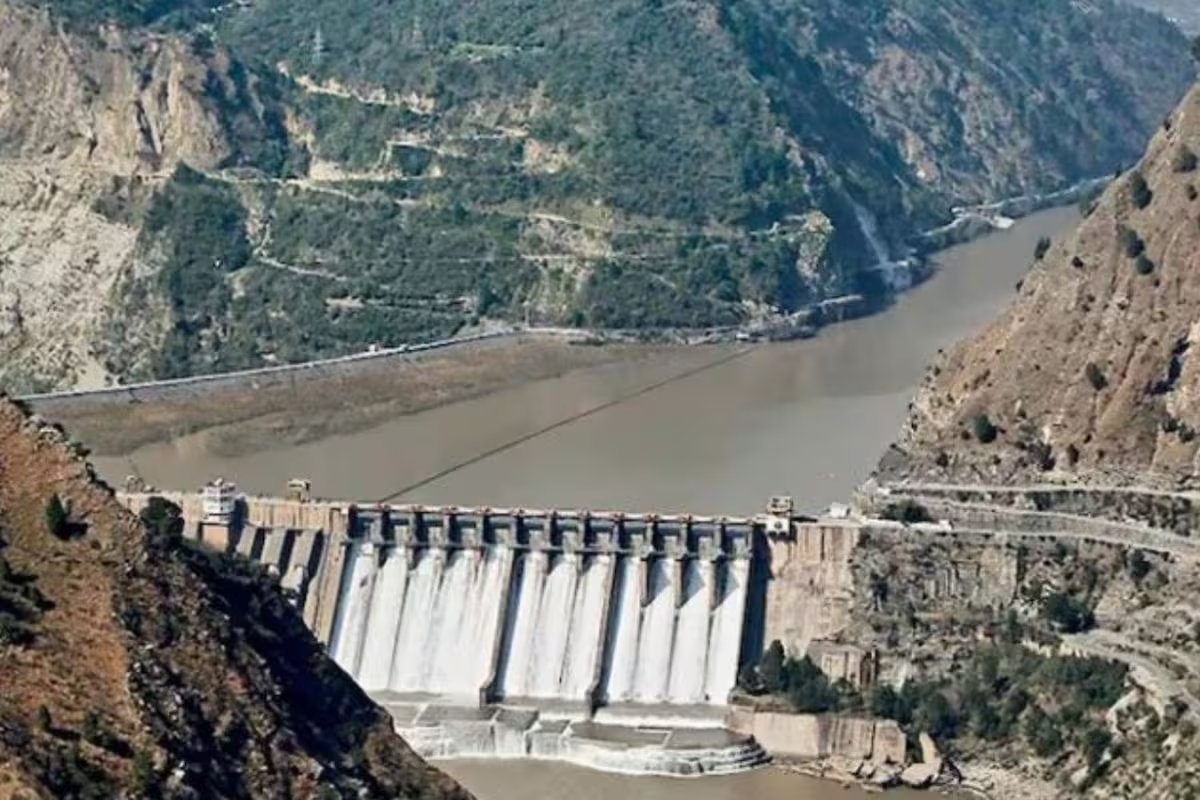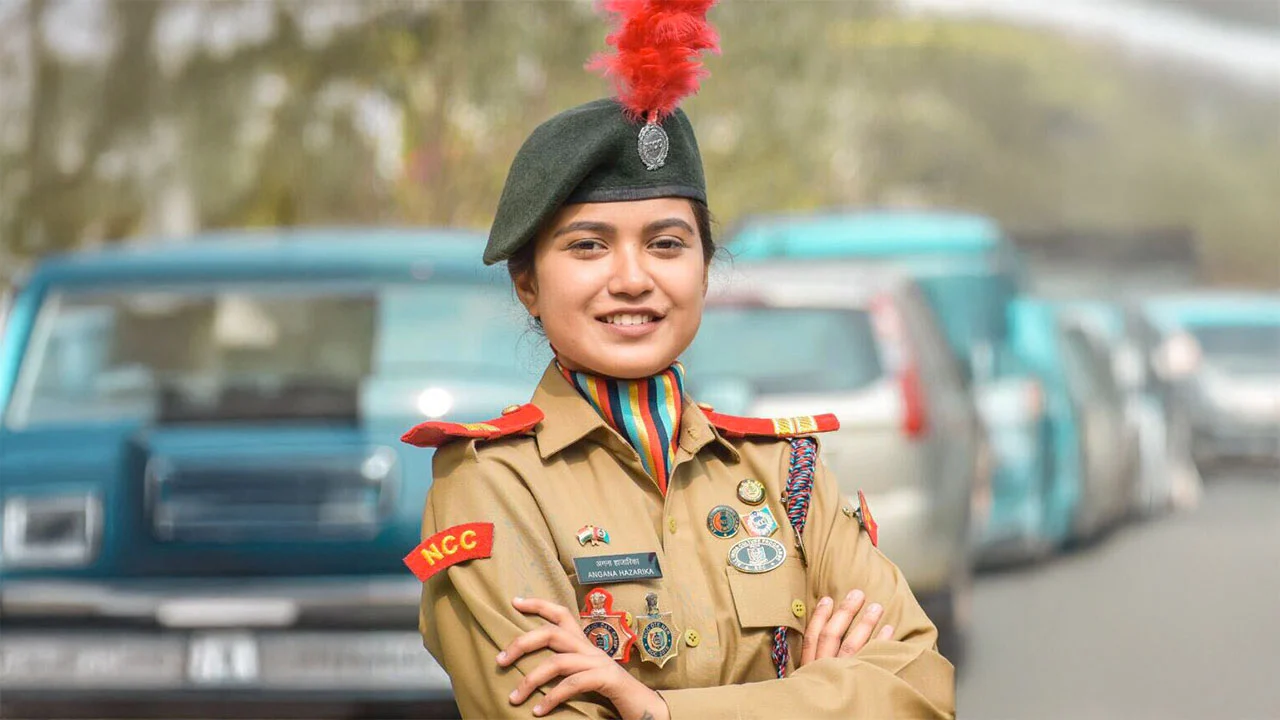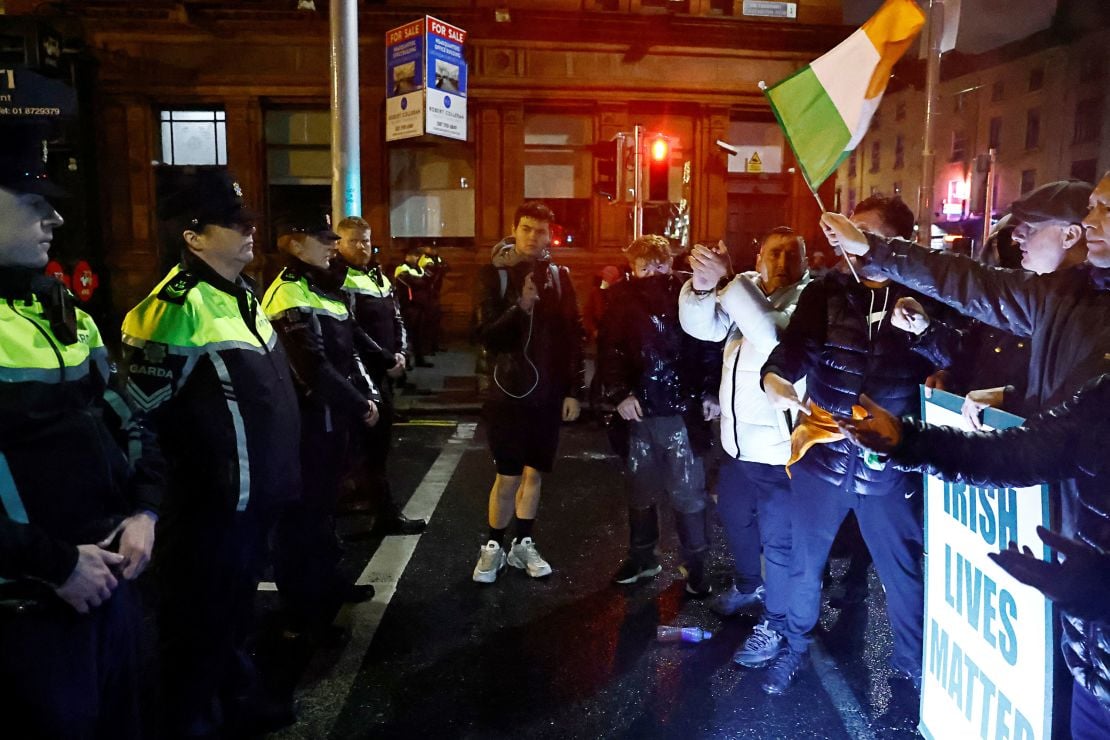Lieutenant General Devendra Sharma Visits Officers Training Academy, Chennai
Lieutenant General Devendra Sharma, General Officer Commanding-in-Chief of the Army Training Command (ARTRAC), visited the Officers Training Academy (OTA) in…
Air Force Chief Visits Artificial Limb Centre, Meets Operation Sindoor Hero
The Chief of the Air Staff, Air Chief Marshal AP Singh visited the Artificial Limb Centre in Pune today and…
CDS Unveils ‘VAYU’ Portal to Transform Indian Defense Logistics
In a major step towards defense modernization and technological self-reliance, Chief of Defence Staff General Anil Chauhan today launched the…
Pakistan Pushes for Revival of Indus Waters Treaty, India Rejects International Court’s Jurisdiction
Pakistan has welcomed a ruling by the Permanent Court of Arbitration (PCA) on the Indus Waters Treaty (IWT), which interprets…
NCC 59 Notification Special Entry Scheme for Indian Army
The Indian Army is set to open doors for aspiring candidates through the NCC 59 Notification, which outlines the Special Entry…
Spike in Violent Attacks Sparks Fear Among India’s Diaspora in Ireland
A recent surge in violent incidents targeting Indians in Ireland has left the country’s South Asian community alarmed and fearful…

